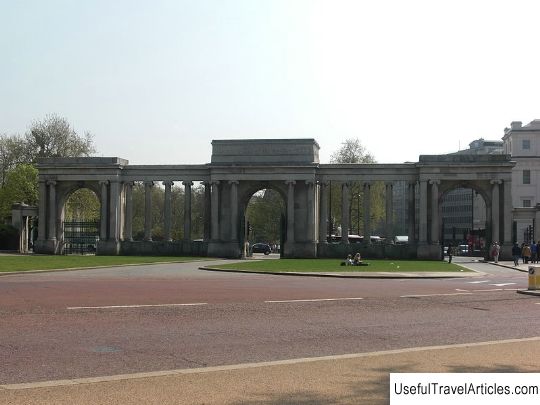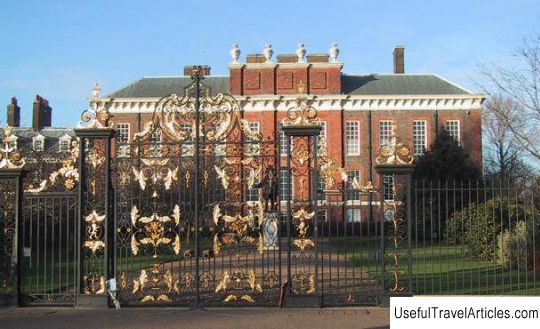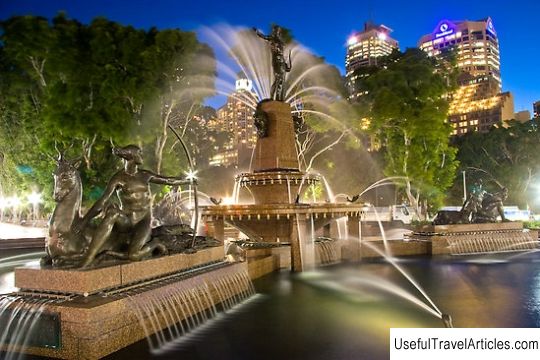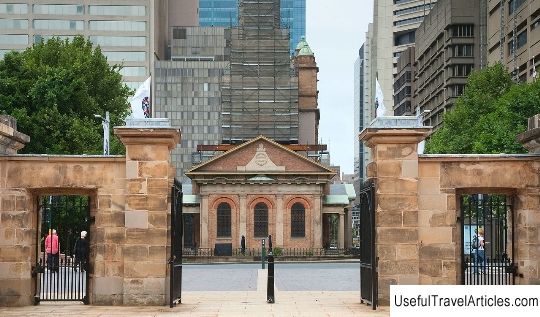Hyde Park description and photos - Great Britain: London

Hyde Park description and photos - UK: London. Detailed information about the attraction. Description, photographs and a map showing the nearest significant objects. The name in English is Hyde Park. Photo and descriptionHyde Park - the largest of the royal gardens in London - stretches over 142 hectares between Park Lane and the Serpentine Lake, which separates it from Kensington Gardens. Here kings entertained, workers rioted, national celebrations took place, the Crystal Palace was built for the World Exhibition of 1851. For the whole world, the name of the park is a symbol of freedom of speech because of the Speakers' Corner, in which since 1872 everyone anyone who wishes can speak publicly on any topic. But this is only part of the park, mostly filled with lawns and trees. Londoners play tennis and football here, go in for tai chi, arrange picnics. It would be difficult to imagine this peaceful life in Hyde Park in 1536, when Henry VIII was noisily rushing here after deer and boars. The king confiscated this territory from Westminster Abbey precisely for his hunting ground. Charles I completely changed the nature of the park, opening access to the general public in 1637. This helped the townspeople in 1665 - a plague struck London, and many fled to Hyde Park in the hope of hiding from the threat. When in 1689 William III moved his court to Kensington Palace, he found that travel from there to Westminster are unsafe. 300 oil lamps were installed along the entire route - this is how the first illuminated road in the country was created. Known as Rotten Row (from the French route du roi, "royal road"), this gravelly, straight, wide passage still exists on the south side of Hyde Park and is used for horse riding and running. 1728 Queen Caroline, wife of George II, separated the park from Kensington Gardens by artificial lakes - Long Water and Serpentine. Now the Serpentine attracts many visitors - here you can swim in a fenced-off pool, go boating, admire crested grebes, black swans or Nile geese. Knowledgeable people come to the bridge at dusk to watch bats catch insects. Major changes took place in Hyde Park in 1820, under George IV. The famous architect Decimus Burton marked the main entrance to the park (in the southeast corner) with a monumental gate, replaced the walls with a light fence, laid new paths and access roads. Now the park basically looks like that in which Burton left it. The exception is monuments. There are old ones, from that time - the grandiose statue of Achilles (monument to the Duke of Wellington), the fountains of Artemis and the "Boy and the Dolphin" in the rose garden. Among the new ones - the impressive memorial "Animals in War"; a monument to the victims of the 2005 terrorist attack; black and white mosaic "Tree of Reformers", reminiscent of the Reform League rallies held here. On the southern shore of the lake there is an unusual fountain in memory of Princess Diana - a looped stream flowing in the granite shores. The original Calm Water statue near the Marble Arch represents the huge head of a drinking horse. And the monument to Genghis Khan by the Russian sculptor Dashi Namdakov looks completely unexpected next to her. black and white mosaic "Tree of Reformers", reminiscent of the Reform League rallies held here. On the southern shore of the lake there is an unusual fountain in memory of Princess Diana - a looped stream flowing in the granite shores. The original Calm Water statue near the Marble Arch represents the huge head of a drinking horse. And the monument to Genghis Khan by the Russian sculptor Dashi Namdakov looks completely unexpected next to her. black and white mosaic "Tree of Reformers", reminiscent of the Reform League rallies held here. On the southern shore of the lake there is an unusual fountain in memory of Princess Diana - a looped stream flowing in the granite shores. The original Calm Water statue near the Marble Arch represents the huge head of a drinking horse. And the monument to Genghis Khan by the Russian sculptor Dashi Namdakov looks completely unexpected next to her.            We also recommend reading Expocentre of Ukraine description and photo - Ukraine: Kiev Topic: Hyde Park description and photos - Great Britain: London. |




